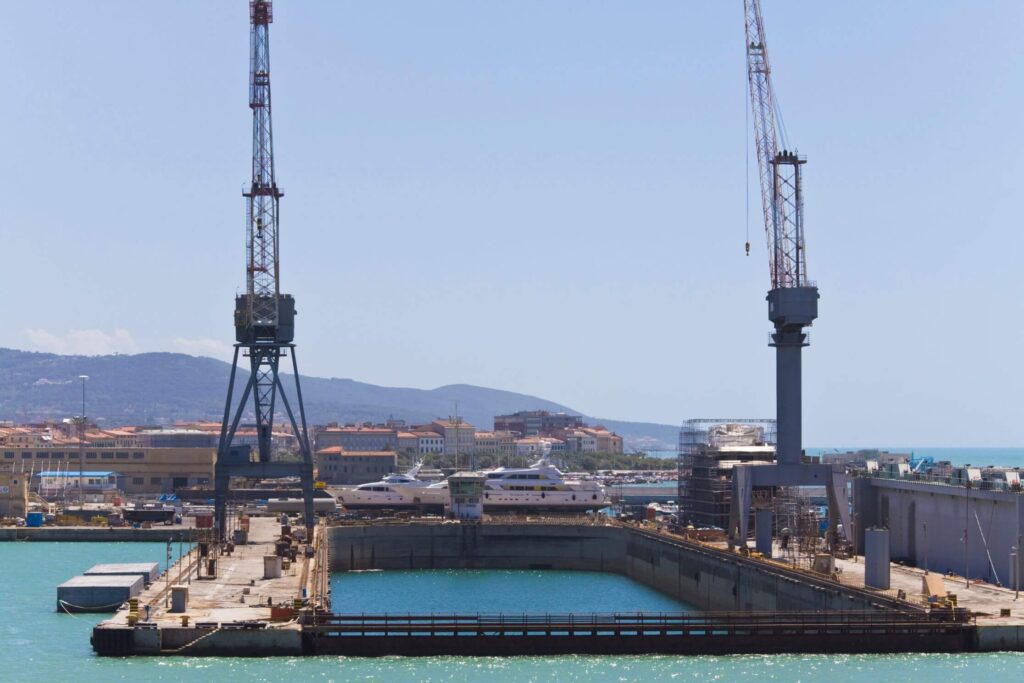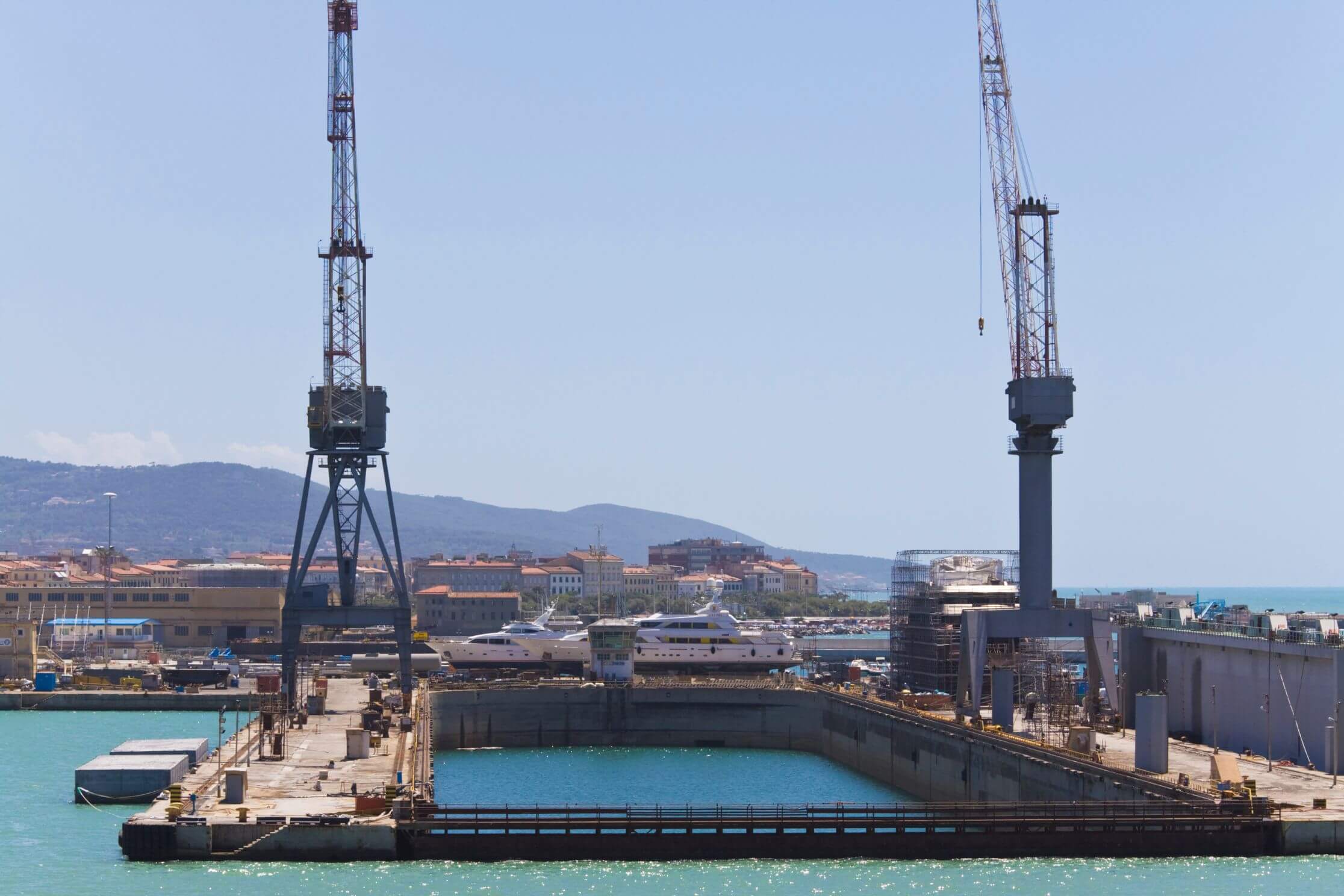A Comprehensive Guide to Shipyard Refits: Part 2 – At The Shipyard
We’re back for more fantastic tips from the Genoa Superyacht Hub and Amico and Co Shipyard on how to ensure a smooth refit period! Last time, we covered the importance of pre-planning your visit to the shipyard for a refit to ensure a smooth process. Now, let’s delve into what you need during the refit and how to avoid common mistakes that can slow you down.
One of the key factors that can put a damper on your refit is late payments. Nobody likes waiting for their hard-earned booty, so make sure to stay on top of your finances and pay your bills on time. Change orders can also throw a monkey wrench into your plans, so be clear and concise with your shipyard about any changes you need and try to minimize them.
Another factor that can cause delays is parts not arriving on time. You don’t want to be left stranded in the shipyard with missing pieces of the puzzle, so make sure to keep track of all incoming shipments. Assign someone to take control of incoming parcels, keep a logbook, and stay on top of the Heads of Department (HODs) to ensure smooth logistics.
Human resources can also be a challenge during a refit. Not having enough crew or having crew members on holiday or training can slow down progress. Make sure to manage crew holidays, time off, rotation, and training in advance to ensure you have enough manpower to complete the jobs on your worklist. Pre-arrange day workers and temporary crew if needed, and your shipyard or agent can often assist with local experienced crew to keep things on track.
Decision-making power is another important factor to consider. Make sure you have designated decision-makers who can make timely and informed choices during the refit process. This will help avoid delays and keep things moving smoothly.
Understanding the critical path is also crucial. You don’t want to be caught off guard by unexpected dependencies between tasks. Create a super calendar that clearly outlines confirmed jobs, communicates them effectively to the crew, and ensures that everyone is on the same page. This will prevent situations where, for example, the interior crew reorganizes and inventories the bilges, only to find out later that there’s planned maintenance in that area.
Managing the crew worklist is another area that requires attention. Make sure to clearly define the requirements, timeframes, and deadlines for each job. Match the shipyard worklist and assign responsibility accordingly. Having goals and deadlines in place, along with contingencies for time and cost, will help you stay on track.
Shipments getting lost can be a nightmare during a refit. Keep track of all incoming shipments, inform your agent about their arrival, and ensure that logistics, parts, and equipment are readily available when needed. Communicate cut-off arrival dates clearly to HODs and all crew to avoid any surprises.
To avoid hidden costs, make sure to carefully review quotes and contracts. Ensure that quotes are all-inclusive and understand what is meant to happen when, so you can budget properly and avoid last-minute rush or extra expenses. Don’t hesitate to ask questions and seek clarification on anything you are unsure of to avoid surprises down the line.
Quality, care, and maintenance should also be considered during the refit. Just like a house needs regular upkeep, your boat also requires proper maintenance to ensure smooth sailing. Make sure to get the right contractors in to maintain your critical equipment and keep it up to standard.
Proper documentation is essential during the pre-planning stage. Use appropriate software to store timelines, quotes, contracts, calendars, contingency plans, and other important information. This will help you stay organized and easily access the information you need during the refit process.

Finally, don’t forget about the basics! Set reminders and book appointments before the yard period begins to avoid last-minute scrambling Managing a yacht refit can be a complex process, but with proper planning and attention to detail, you can ensure a successful outcome.

